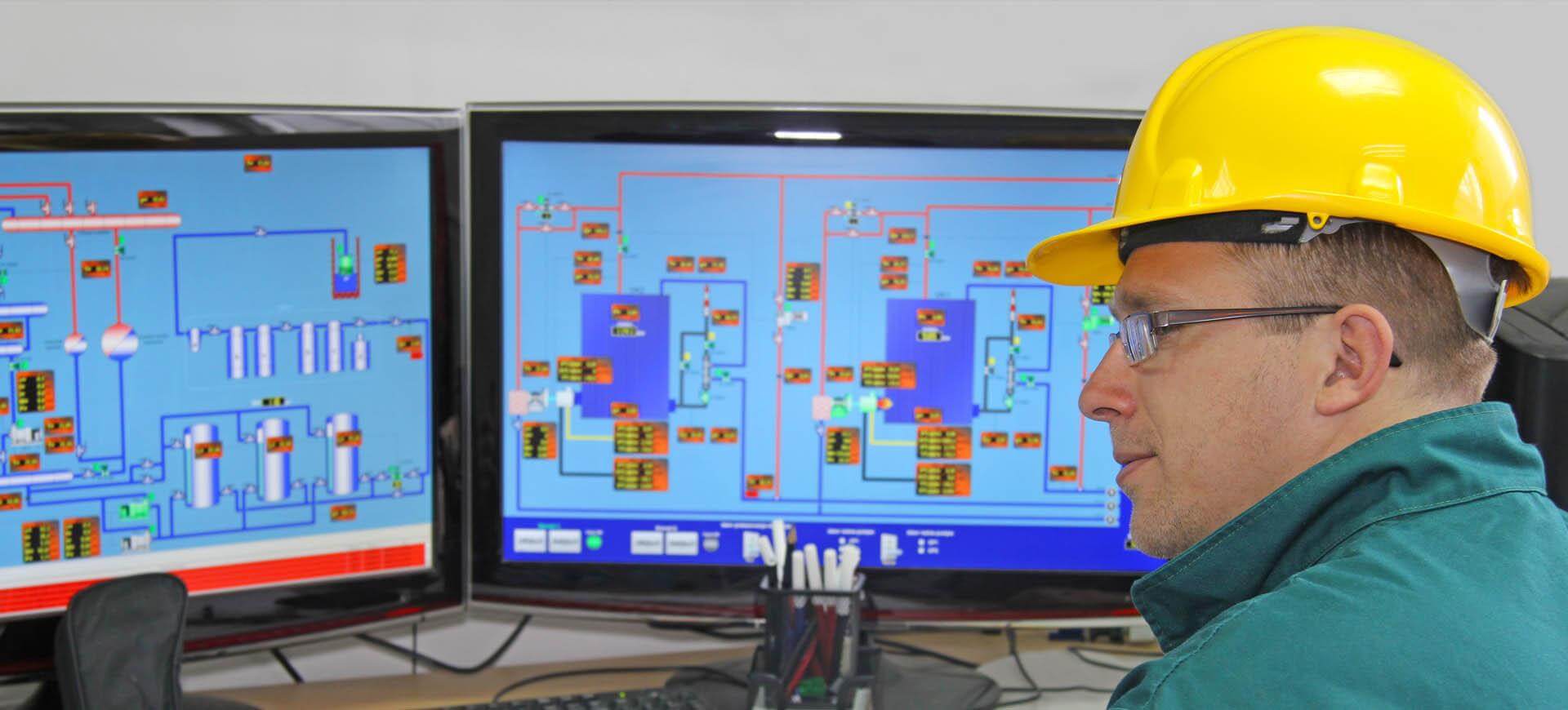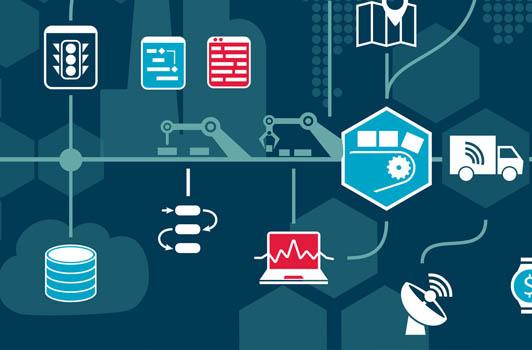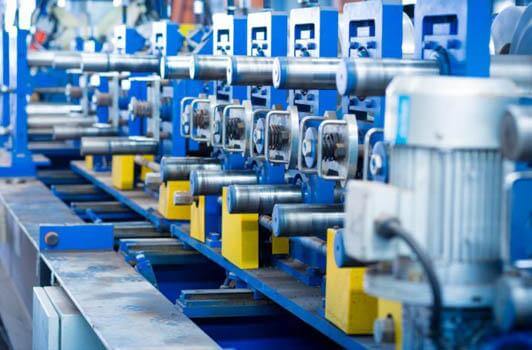Artificial intelligence in heavy industry

Heavy-industry is far from some IT trends, such as social media, mobile tech, that are fueling innovation in other industries. But it still can be interesting and innovative as those trendy sectors, thanks to Artificial Intelligence (AI). Heavy industries such as petroleum, oil, mining, and manufacturing are using machine intelligence to boost productivity and innovation.
The main aim of this article is to discuss virtual “sensor”, a ML application and utility of artificial intelligence for heavy industry. Initially, we describe a virtual “sensor” and underlying ML. Then we list some examples. Finally, we predict the impact of ML on the global economy.
The role of data science in heavy industry
Heavy industry experiences unique challenges regarding real-time process parameters. The quality of production depends on these process parameters. Hence the parameters of mixture need to be determined before the processing starts. Furthermore, determining the parameters of a rapidly changing environment are crucial. Often temperature conditions are hostile for actual measurement of parameters or installing physical sensors. To complicate it further, ordinary sensors do not provide values in a timely manner and are often too late. An alternative strategy must be designed instead of using actual sensors and measurements obtained from them. If data science is used, which predicts parameters in a timely manner, then changes can be applied in advance to optimize the process.

ML algorithms provide a solution for the heavy industry production process dilemmas. But what is machine learning exactly? Historical logs from sensors and corresponding historical actual parameters of the final product are used as input data. On the basis of this data, data scientists build a ML model, that takes new current input from sensors and predict parameters of the final product (or parameters of any intermediate sensor).
ML is a universal “sensor” for many industrial processes. Input data from other sensors lets ML predict (sense virtually) parameters we will have later at a particular moment during the manufacturing process, e.g. “measures” future temperature, pressure, acidity, density without having an actual physical sensor. This is a novel way of “sensing” parameters. This is also termed as ‘inferential sensor’ as they help in drawing inferences from the data.
Machine learning algorithms allow the machine to learn from data received and increase the accuracy of its predictions. This learning can be of two types: supervised and unsupervised. In supervised learning, a training dataset is provided and algorithms are set so that the machine continues to learn. In unsupervised learning, no training datasets are provided. The machine identifies patterns in the data received and makes future predictions.
Potential of machine learning in heavy industry is its ability to predict parameters, that cannot be measured
The greatest potential of ML is its ability to predict parameters, that cannot be measured.
Uses of machine learning in heavy industry:
Example 1: Machine learning – prediction of product parameters in steel industry.
In the steel industry, assuming standard processes are followed for every input mixture of materials, ML predicts for us parameters of the final product in advance. This enables production managers to fine tune processing in order to be optimal i.e., minimize input materials, energy and chemicals while keeping the requested quality of final product.
Example 2: Machine learning – prediction of fatigue strength of steel.
A second use case is related to fatigue testing or tests to know fatigue strength of steel. Measuring this parameter can be extremely expensive. However, if these tests are not performed fatigue failure of steel can have drastic consequences. Hence, modern day steel manufacturers are using ML to predict fatigue strength of steel for particular mechanical metal processing without actual measurement.
Example 3: Data science in oil industry.
In oil refinery where data science is used to decrease the quantity of residual petroleum coke in the course of refining. Petroleum coke is not valuable and indicates a non-optimal use of the raw material. ML algorithms act as “virtual sensors” to reduce petroleum coke. Although the article mentions a couple examples of industries, several others such as chemical processes, steel forging, rubber industry, glass, plastics, ore enrichment, and gas steam composition can benefit a lot from ML.
In semiconductor manufacturing facilities, yield losses or defective product can be up to 30%. ML algorithms are helpful in improving equipment efficiency and thereby reducing yield losses. In various manufacturing facilities, predictive maintenance prevents breakdown of machinery. The timing of predictive maintenance can be determined by employing ML algorithms. It reduces annual maintenance costs by 10% and inspection costs by 25%.

A successful, fully data-driven manufacturing facility employs ML to ensure speed and safety in production. It focuses on minimizing accidents and interruptions in manufacturing processes by using data science. It optimizes available resources and thereby its production ability. Furthermore, a data-driven facility promotes safety in operating machines. It makes environment-friendly choices such as less energy consumption or less toxic chemicals in ore beneficiation process.
Heavy industry facilities collaborate with data science companies such as BitRefine to become fully data-driven facility. Data scientists develop solutions using ML to make accurate predictions. In other words, data science companies help not only in designing virtual sensors but also ultimately increasing the efficiency of processes, bringing real and significant cost saving for the client without heavy upfront investments.
Trends in heavy industry
It is estimated that the trend to use machine learning will increase at a rate of 15-20% per year. By 2035, the market for artificial intelligence hardware and software will reach $130 million. Machine learning will dominate among various artificial intelligence technologies. In heavy industry ML, will lead to innovation and automation. ML holds a promise that the global economy is going to gain trillions of dollars from ML. As compared to their competitors, the companies that start implementing ML now will stay ahead and gain significant advantages.
Data science in heavy industry: real cost saving without heavy investments.
September 16, 2017 by Aditi Joshi
Related Solutions